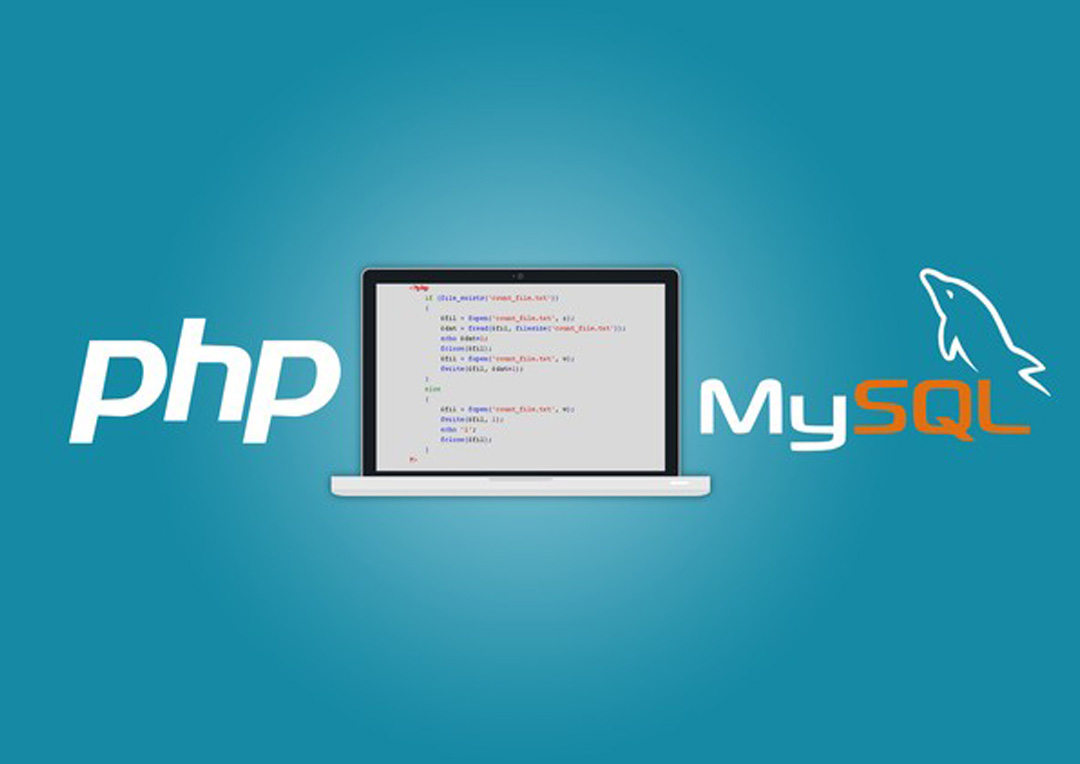
Introduction to PHP
- Discuss the history of PHP
- Identify the need of PHP
- Learn about PHP tools and setup
- Write a simple PHP script
- Learn about user I/O
- Use PHP to generate HTTP headers
- Pass variable via URL
Form Handling in PHP
- Use the GET method
- Use the POST method
- Retrieve data from forms using the form method
- Use the hidden fields
Using Variables and Expressions in PHP
- Define identifiers
- List the data types
- Use variables and constants
- Define scope of variables
- Use the HTTP environment variables
- Use the assignment operator
- Use local variables
- Use global variables
- Use static variables
PHP Operators
- Use Arithmetic operators
- Use Logical operators
- Use rational operators
- Use Bitwise operators
- Use Assignment operators
- Use String operators
- Use Increment and Decrement operators
Conditional Statements in PHP
- Use the If statement
- Use the Switch statement
- Use the Ternary (?) operator
Flow Control in PHP
- Use Loops
- Use Jump statements
- Define a function
- Use built-in PHP functions
- Create a user- defined function
- Pass arguments to a function
- Return values from a function
- Use a recursive function
Working with Arrays
- Define an array
- Create and use arrays
- Merge arrays
- Use single and multidimensional arrays
- Use array- related functions
Handling Databases with PHP
- Discuss about Database APIs
- Connect to the database
- Use data access functions
- Perform SQL queries using PHP
- Build HTML tables using SQL queries
Working with Cookies
- Set a cookie
- Retrieve a cookie in PHP
- Delete a cookie
- Identify problems with cookies
Session Management in PHP
- Define a session
- Work with the session
- Start the session
- Register the session
- End the session
- Work with the php.ini file
Handling E-mail with PHP
- Send e-mails
- Attach files with e-mails
- Explain the OOP concepts
- Explain inheritances
- Create classes
- Create constructors
- Create and use objects
Database Handling using MySQL
Introduction to MySQL as an open source Database
- List the advantages of MySQL over other RDBMA
- Differentiate MySQL with other RDBMS.
- List the advantage of PHP in MySQL.
Installing and Configuring MySQL
- Evaluate various distributing options to MySQL.
- Install MySQL on Windows Platform
- Install MySQL on Linux platform
- Configuring MySQL using scripts
- Initializing MySQL at the startup
- Install MySQL
- Configure MySQL using customization scripts
Using MySQL
- Create a database
- Explain a data type
- Identify the different types of data
- Create a table
- Explain the use of Normalization
- Identify the different forms of Normalization
- Explain the concepts of Indexes and Referential Integrity
Implementing the SQL queries using MySQL-1
- View and alter the database
- Retrieve data from a table
- Modify the table definitions
- Delete table definitions
- Modify the database
- Use Select command
- Use Select command with WHERE clause
- Modify the table structure
- Drop the table
Implementing the SQL queries using MySQL-II
- Work with Keys
- Work with Indexes
- Manipulate tables
- Manipulate tables with INSERT, MANIPULATE, UPDATE and DELETE
- Using Order BY
- Using the Group By Command
Using Joins
- Know the basic concepts and reason behind joining tables
- Use Equi-join
- Use Outer- join
- Use self-join
- Use multiple Select queries in a single Select query
- Use UNION with the query
Using Basic Functions in MySQL
- Use GROUP BY and HAVING clause in MySQL queries
- Use the Mathematical functions
- Use the date functions
- Use String information function
- Use the system information functions
Controlling and Managing MySQL database
- Create User Account
- Allocate appropriate privileges to users
- Alter privileges
- Using GRANT command to assign privileges to user
- Using REVOKE command to alter privileges granted to users




